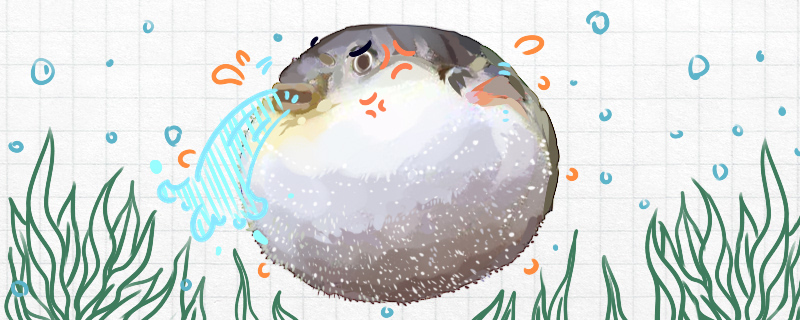
The puffer fish will drum up more because it is in danger or more angry. Because its stomach is very elastic and the skin of its abdomen is very loose, it can inflate itself by inhaling. Because the body size has become several times the original size, it can frighten predators away, thus playing a self-protection effect. Other species have thorns on their bodies, which stand up when they expand, making it difficult for predators to bite.
After the blowfish bulges up, the body is not completely gas, there is also a lot of water, so if you use a needle to prick it, it will not leak air, nor will it explode. If the needle is only on the surface of the skin, it will not have any effect on the puffer fish. If it hits the muscle tissue, it will struggle violently. If the needle is inserted into the stomach and the hole is small, it will not change at first, but it will die if it is pulled out. If the hole is large, it will immediately become small and die.
The puffer fish is a migratory fish species. Every year in March, it will swim from the open sea back to the waters of the river mouth to spawn. When the water temperature drops in autumn, it will swim back to the deep sea area for winter. This fish has a mixed diet, usually feeding on fish, shrimp, crabs and shellfish, but also on insects and plant leaves, and reduces its appetite during reproduction. Its physical characteristics make it better at rotating, but it does not swim fast, so when it encounters natural enemies, it will absorb water and expand, scaring enemies away or making it unable to swallow itself.